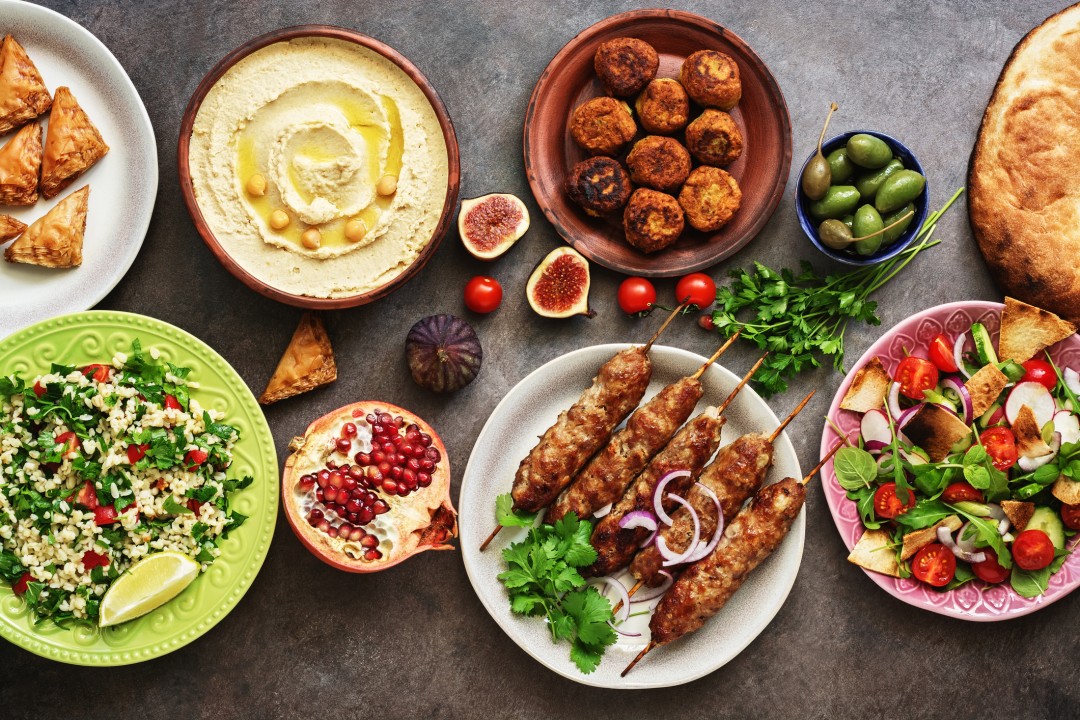The Middle East, a region steeped in history, has long been celebrated for its rich culinary traditions. A meeting point of different cultures, civilizations, and religions, this region has given birth to some of the world’s most flavorful and distinctive dishes. Let’s embark on a journey to understand the essence of Middle Eastern cuisine and how you can stock your kitchen to reflect these timeless traditions.
The Essence of Middle Eastern Culinary Traditions
Unity in Diversity
Despite the vast geographical expanse and diverse communities, common threads bind Middle Eastern cuisines. Dishes like falafel, kebabs, and baklava might vary across borders, but their essence remains shared.
Seasonality and Freshness
Traditional Middle Eastern cooking places a premium on fresh, seasonal produce. Markets are often filled with vibrant fruits and vegetables, significant in daily meals.
Community and Hospitality
Food in the Middle East is not just about sustenance. It’s about community, hospitality, and showing love. Whether it’s a grand feast during Ramadan or a family gathering, food brings people together.
Complex Flavours, Simple Ingredients
Middle Eastern recipes might sound intricate due to their layered flavours, but they often rely on simple, wholesome ingredients. The magic lies in the blend of spices and the methods of preparation.
Essential Pantry Staples for Middle Eastern Cooking
If you’re keen on incorporating the flavours of the Middle East into your meals, stocking your kitchen with the right ingredients is key. Here’s a guide:
Spices & Herbs
Cumin, coriander, cardamom, turmeric, sumac, za’atar, dried mint, and saffron are indispensable. The Middle Eastern palate is known for its perfect balance of spices, with none overpowering the other.
Grains
Bulgur wheat, couscous, freekeh, and rice find their way into many dishes, from pilafs to salads.
Legumes
Chickpeas, fava beans, and lentils are foundational. Think beyond hummus and consider the vast array of stews and soups these legumes inspire.
Dairy
Labneh (a thick, tangy yoghurt), feta cheese, and halloumi are everyday dairy products used in cooking and as accompaniments.
Oils & Syrups
Olive oil is central to Middle Eastern cooking, while sesame oil, tahini (sesame paste), and pomegranate molasses add depth to many dishes.
Proteins
While lamb, chicken, and fish are commonly consumed, many Middle Eastern dishes are vegetarian or vegan, emphasizing the region’s rich produce
Nuts & Seeds
Almonds, pistachios, pine nuts, and sesame seeds are frequently used for texture, flavour, and garnish.
Produce
Key produce items include eggplants, tomatoes, cucumbers, onions, and various citrus fruits, which add freshness and zest to dishes.
Bread
Pita and other flatbreads are ubiquitous, serving as utensils, accompaniments, or the central star, as in dishes like shawarma.
Embracing the Tradition
Middle Eastern culinary traditions are more than just recipes and ingredients; they reflect the region’s history, culture, and values. As you explore these traditions, remember that it’s not just about the food on your plate but the stories, memories, and love that come with it. Embrace the ethos of Middle Eastern cooking: celebrate fresh ingredients, enjoy the process, and, most importantly, share with others. The essence of this region’s food is, after all, rooted in community and shared joy.









